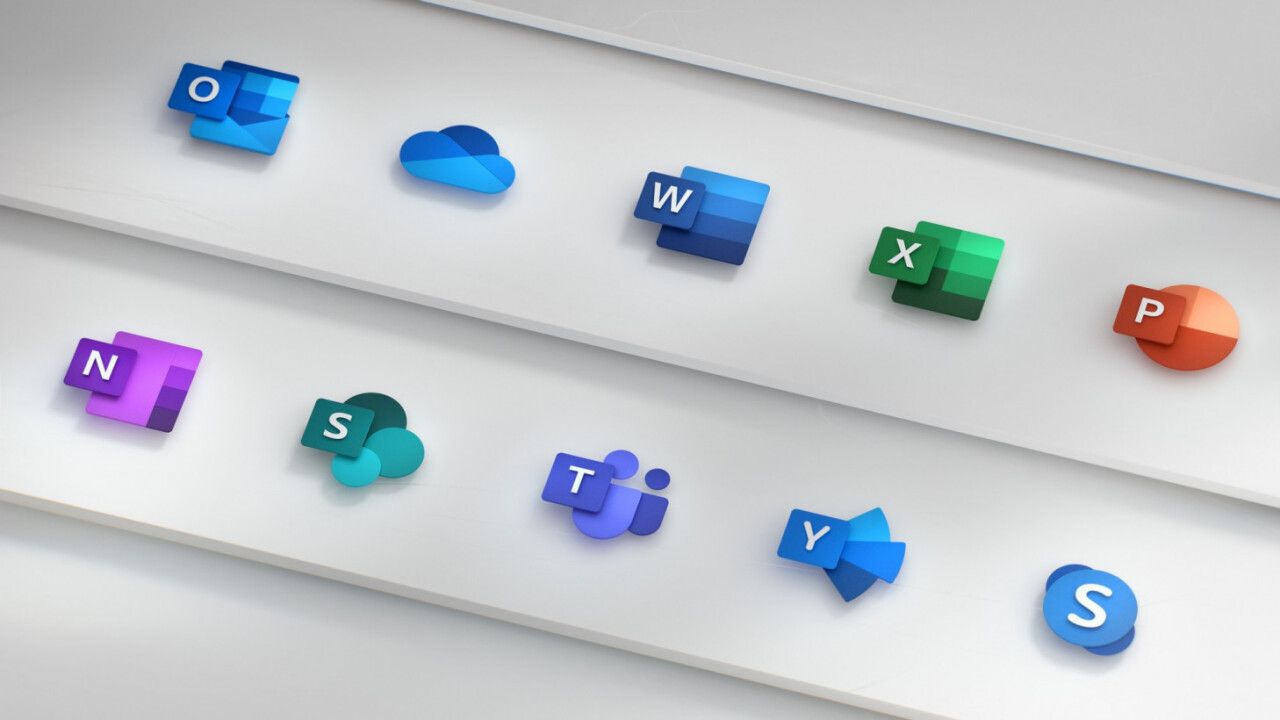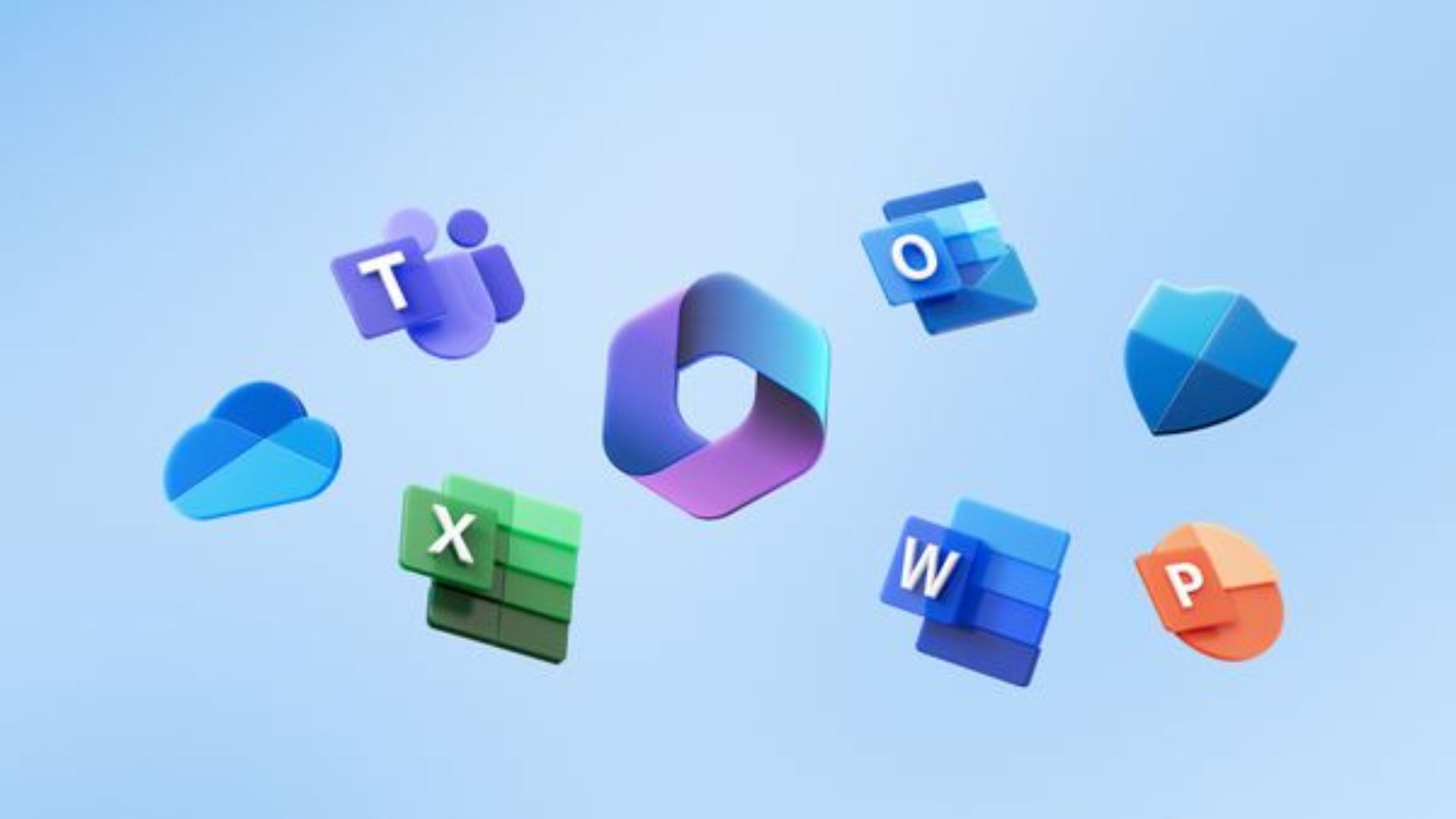
Microsoft Office Online Server let businesses run web versions of familiar Office apps – Word, Excel, PowerPoint, and OneNote – on their own servers instead of relying on Microsoft’s cloud. This gave organizations more control over their data and allowed users to access these tools through a web browser.
I always understood it as something big companies, like government groups or places with strict rules, used when they couldn’t or weren’t allowed to store data in the cloud or with outside companies. It was a solution for them when those options just weren’t on the table.
Microsoft says this update is about bringing its programs up to date and prioritizing cloud-based services. However, it’s probably also due to a decline in software users, and Microsoft wanting to encourage more people to use its cloud products.
End of support: When it’s happening and what Microsoft says

According to Neowin, Microsoft will stop supporting Office Online Server on December 31, 2026. This means it will no longer receive updates, security fixes, or assistance from Microsoft’s support team.
If businesses don’t apply the latest security updates, they could experience data breaches or other security problems. Because of this, most organizations will need to switch to Microsoft 365.
Thinking about the possible reasons for this change, AI is likely a major factor, although it’s just my informed opinion. Microsoft believes this update will provide users with improved tools, automatic updates, and access to features like Microsoft 365 Copilot.
Currently, a few products aren’t changing. SharePoint Server Subscription Edition and Exchange Server will keep getting updates for now—though Microsoft will likely try to add AI features to them eventually. I’m joking… mostly.
In a quote from Microsoft’s blog, they say:
If your organization uses SharePoint Server Subscription Edition or Exchange Server Subscription Edition, Microsoft 365 Apps for Enterprise and Office LTSC 2024 will continue to work as desktop apps for opening and editing files stored on those servers.
If you currently use Office Online Server to open Excel files within Power BI Report Server, this feature will be discontinued. You can still view those Excel files using the desktop version of Excel, or you can move them to the Power BI service instead.
What this means for on-prem customers and IT departments
Businesses that currently use Microsoft’s Office Online Server will likely need to switch to Microsoft 365. This change could take a significant amount of time for some organizations, particularly those in industries with strict security and data control requirements.
A lot of companies chose Office Online Server because it allowed them to keep all their data and systems on their own servers. Switching to cloud-based solutions can require significant changes to existing internal systems, and that kind of transition takes time.
While Microsoft offers options like Microsoft 365 Apps for Enterprise or Office LTSC 2024 for users who prefer to edit files directly on their devices, it’s evident that the company is primarily focused on cloud-based solutions for the future.
Companies are encouraged to begin planning their transitions away from Office Online Server now, as continuing to use it after support ends will become increasingly risky.
Another step in Microsoft’s all-in cloud strategy

Microsoft is focusing its Office applications and teamwork tools within the Microsoft 365 suite. This means a greater emphasis on artificial intelligence to help people be more productive and collaborate easily on any device.
This change is good for Microsoft because monthly subscriptions to Microsoft 365 provide a more reliable and higher profit than selling software licenses individually. It also encourages customers to continue using other Microsoft products like Office and Teams, making it more valuable for them to stay with Microsoft 365 over time.
If your organization is still using Office Online Server, it’s a good idea to begin planning your transition now. Switching systems takes time, particularly for larger or highly regulated businesses.
Microsoft 365 plans currently start at $6.00 per user each month for the Business Basic plan. This includes access to Word, Excel, PowerPoint, and Outlook on the web and through mobile apps, plus business email and 1 TB of cloud storage per user.
The Business Standard plan costs $12.50 per user each month and includes the complete desktop versions of Office apps for both Windows and Mac computers. It also offers enhanced teamwork features with tools like Microsoft Teams, SharePoint, and OneDrive.
The Business Premium plan costs $22 per user each month and includes all the features of the Standard plan, plus extra security, tools to manage devices, and stronger data protection. It’s our most complete option, ideal for larger companies or those who prioritize security, but it’s also the most expensive.
FAQ
What is Microsoft 365?
Microsoft 365 is a subscription service from Microsoft that brings together popular productivity apps like Word, Excel, and PowerPoint. It also includes cloud storage with OneDrive, tools for working with others, and features powered by artificial intelligence. The service is constantly being improved with automatic updates that add new features and security improvements.
What was Office Online Server (OOS)?
OOS was a server product that allowed businesses to run web-based versions of Word, Excel, PowerPoint, and OneNote on their own computers and networks. It was created for organizations that needed to keep complete control over their data and meet specific security requirements, instead of using Microsoft’s cloud services.
What just happened?
Microsoft has stopped supporting and updating Office Online Server (OOS), which allowed businesses to run Word, Excel, PowerPoint, and OneNote on their own servers instead of relying on the cloud.
Why is Microsoft doing this?
The company is moving all its services to Microsoft 365 in the cloud. They say this will allow for quicker updates, incorporate artificial intelligence, and make things easier to manage.
What does this mean for enterprises still using OOS?
Users will need to switch to Microsoft 365 to avoid using outdated and vulnerable software. There isn’t a straightforward alternative to the current system.
Why are people upset?
As an analyst, I’ve observed that many organizations, particularly those in heavily regulated industries like government and security, traditionally used on-premise systems for control. Moving them to the cloud isn’t straightforward, as it introduces significant concerns around meeting compliance requirements, managing costs, and ensuring data remains within the correct jurisdictional boundaries.
Read More
- When Perturbation Fails: Taming Light in Complex Cavities
- FC 26 reveals free preview mode and 10 classic squads
- Jujutsu Kaisen Execution Delivers High-Stakes Action and the Most Shocking Twist of the Series (Review)
- Fluid Dynamics and the Promise of Quantum Computation
- Where Winds Meet: Best Weapon Combinations
- Dancing With The Stars Fans Want Terri Irwin To Compete, And Robert Irwin Shared His Honest Take
- Hazbin Hotel season 3 release date speculation and latest news
- 3 PS Plus Extra, Premium Games for December 2025 Leaked Early
- Why Carrie Fisher’s Daughter Billie Lourd Will Always Talk About Grief
- 7 Most Overpowered Characters in Fighting Games, Ranked
2025-10-25 17:10